
Global Assessment Report on Disaster Risk Reduction 2013
From Shared Risk to Shared Value: The Business Case for Disaster Risk Reduction
Read or listen offline
Amazon KindleRecommendation
Those deciding where to invest must first determine their exposure to the risk of natural disaster. Profit alone doesn’t seem to be enough to spur investors to reduce exposure to hazardous locations – hence developers persist in building on floodplains. Population growth in coastal areas indicates real estate investment run amok. This third biennial report from the United Nations Office for Disaster Risk Reduction finds that many countries lack data on past disasters, and do not pay attention to the probability of future catastrophes or to the “shared costs” of pollution, land degradation and unsound development in disaster-prone locations. Yet, another trend that emerges from this comprehensive overview of global risk management is that some multinational companies are now managing their initial exposure to the risk of disaster rather than just planning for post-disaster business continuity. The report’s highlights include national-level data on disaster losses from 56 countries. getAbstract recommends this in-depth overview of global disaster risk and the general absence of risk restraint to entrepreneurs, investors, NGOs, insurers and government policy makers.
Summary
About the Author
The United Nations Office for Disaster Risk Reduction (UNISDR) supports and coordinates efforts to build national resilience to disasters and to reduce the risk of disaster-related losses.







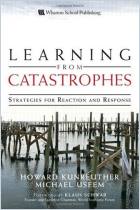
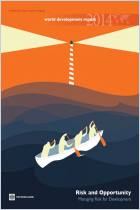


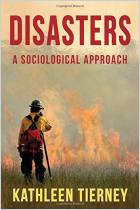
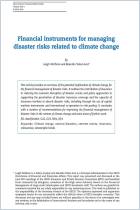

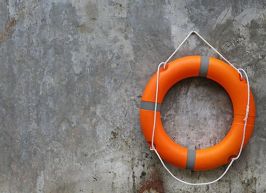





Comment on this summary or Start Discussion